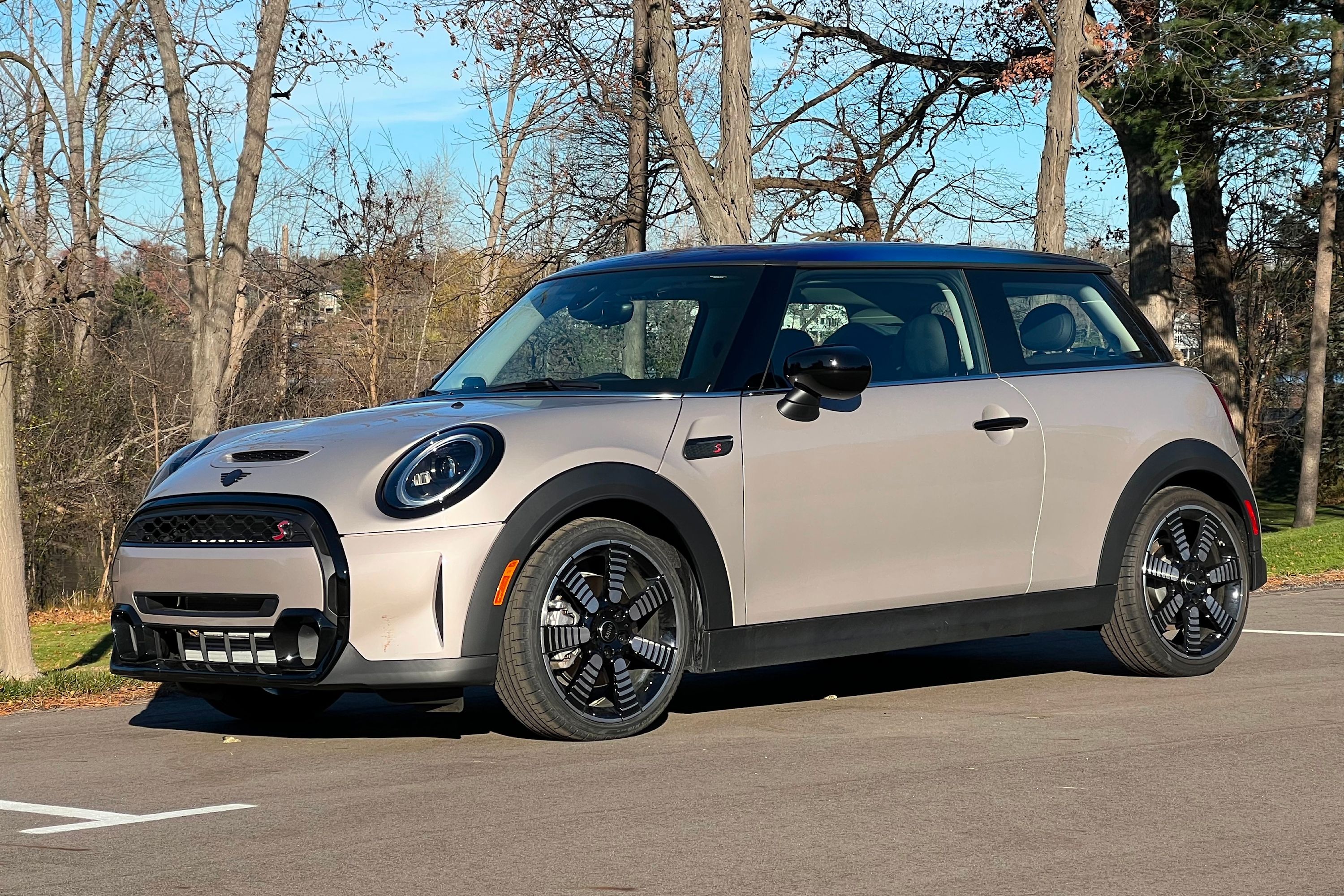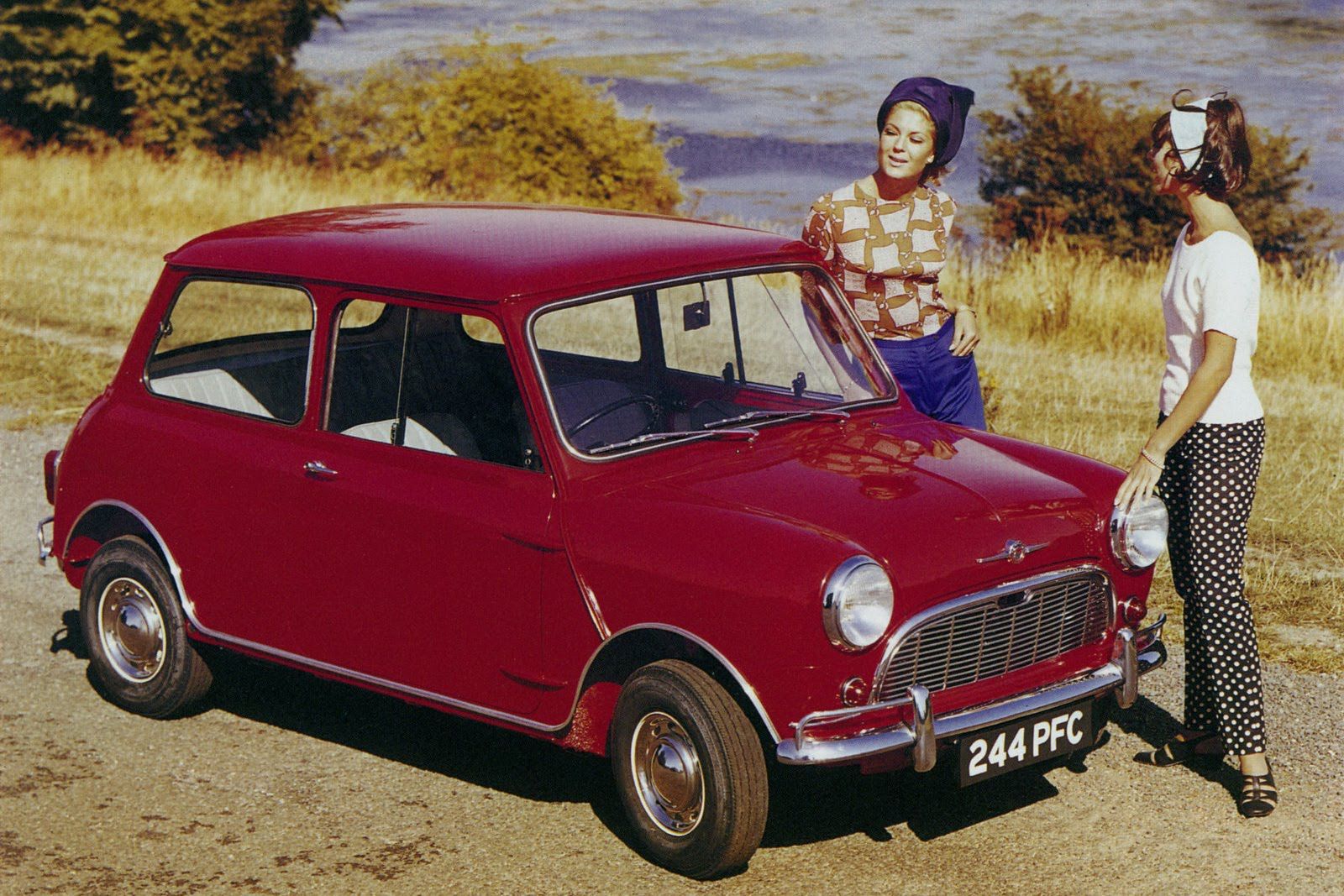
The Mini is one of the most recognizable cars in automotive history. Even in countries where the Mini wasn't sold it was so ingrained in popular culture that it became as recognizable as the Jaguar E-Type. The Mini's innovative transverse engine and front-wheel drive layout went on to have a profound effect on car design along with a host of other design features.
The Mini's production run was immense as well, starting in 1959 and ending in 2000 and through a chain of 3 ownerships. It was also manufactured in Spain, Italy, Australia, South Africa, Belgium, Chile, Malta, Portugal, Uruguay, Venezuela, and Yugoslavia. The Mini was also incredibly successful in motorsport due to John Cooper and spawned the performance Cooper line that BMW carries on to this day with the rebooted MINI brand. That all means there's a lot of ground to cover so we'll start at the very beginning and its first manufacturer, the British Motor Corporation (BMC).
The Beginning
The story starts with a fuel shortage in 1957 caused by the Suez Crisis. The UK experienced a post-war rationing of fuel and sales of large cars tanked while small cars like the original Fiat 500 and German bubble cars spiked. Leonard Lord was the head of BMC and ran the company as his surname suggests. He also despised the tiny foreign cars and set about creating a "proper miniature car". He set out some basic design parameters, including that the car should fit in a box that measures 10×4×4 feet, passenger space should be made up using 6 of the 10 feet in length, and it should use an existing engine to save cost.
In stepped the innovative English-Greek designer Alec Issigonis. He took the brief and went all out to meet it, while having to invent solutions on the way. He took an existing BMC engine and placed the transmission in the sump and then mounted it transversely to make sure it took even less space at the front. Issigonis then had his friend Alex Moulton design a compact, effective, but inexpensive suspension system based on rubber cones rather than traditional steel springs.
With the new drivetrain layout, the new suspension system and the wheels pushed all the way out into the corners, the car had room for 4 inside and a wide stance. It also had excellent balance, forward traction, and all-round grip as well as being light in weight while using a stiff monocoque chassis. Issigonis was also a chain smoker that hated listening to the radio as he drove, so the Mini didn't come with a radio at first, but it did have an ashtray for the driver. It was a very different time in automotive design.
Launch
The Mini launched in 1959 and was marketed as both the Austin Seven and the Morris Mini-Minor, and arrived as a two-door sedan. It did show up for a short while in North America named the Austin 850 and Morris 850, but that was about as much as the US saw of it in the metal. Sales were slow to start with, and Ford famously claimed BMC must have been losing around £30 per car. Based on that and for Europe, Ford ignored the small car market and built the Cortina instead. BMC claimed that loss just wasn't the case, and the way the Mini's cost was shared out with other models, and the techniques used like door hinges mounted on the outside and welding not being hidden clearly helped keep costs down. A two-door van, two-door pickup, and a convertible coupe followed into the 1960s, and sales started picking up.
Popularity and Popular Culture
The Mini entered popular culture in the 1960s as celebrities and pop stars bought and were seen with them. While that was a major spark that lit the fire, the fact was the Mini was close to a perfect design built at exactly the right time. It was a small, inexpensive, but also fun to drive car and full of character.
The Mini became fashionable as the early 1960s became the swinging 60s, and popular culture embraced the Mini in TV and movies, most notably in the jingoistic yet classic movie, The Italian Job. In the heist movie, a lovable criminal gang led by Micheal Cain steal gold bullion in Italy. The climax of the movie featured the getaway drivers using the Mini's (one painted red, one white, and one blue) size and agility to the maximum in threading their way through the traffic-jammed streets of Turin.
Evolution
The seventh and final generation of the original Mini hadn't changed in its overall look by much. The fourth generation was the last to see major updates, and by then featured larger doors with concealed hinges, bigger rear side windows, and the sliding front windows had been replaced glass that wound up and down. The second generation had seen a new front grille and someone said, "Hold on lads, I've got an idea!" before adding synchromesh to all the four forward gears. The rubber cone suspension was changed in the first generation to the equally space-efficient Hydrolastic system in 1964 to give the car a softer ride.

